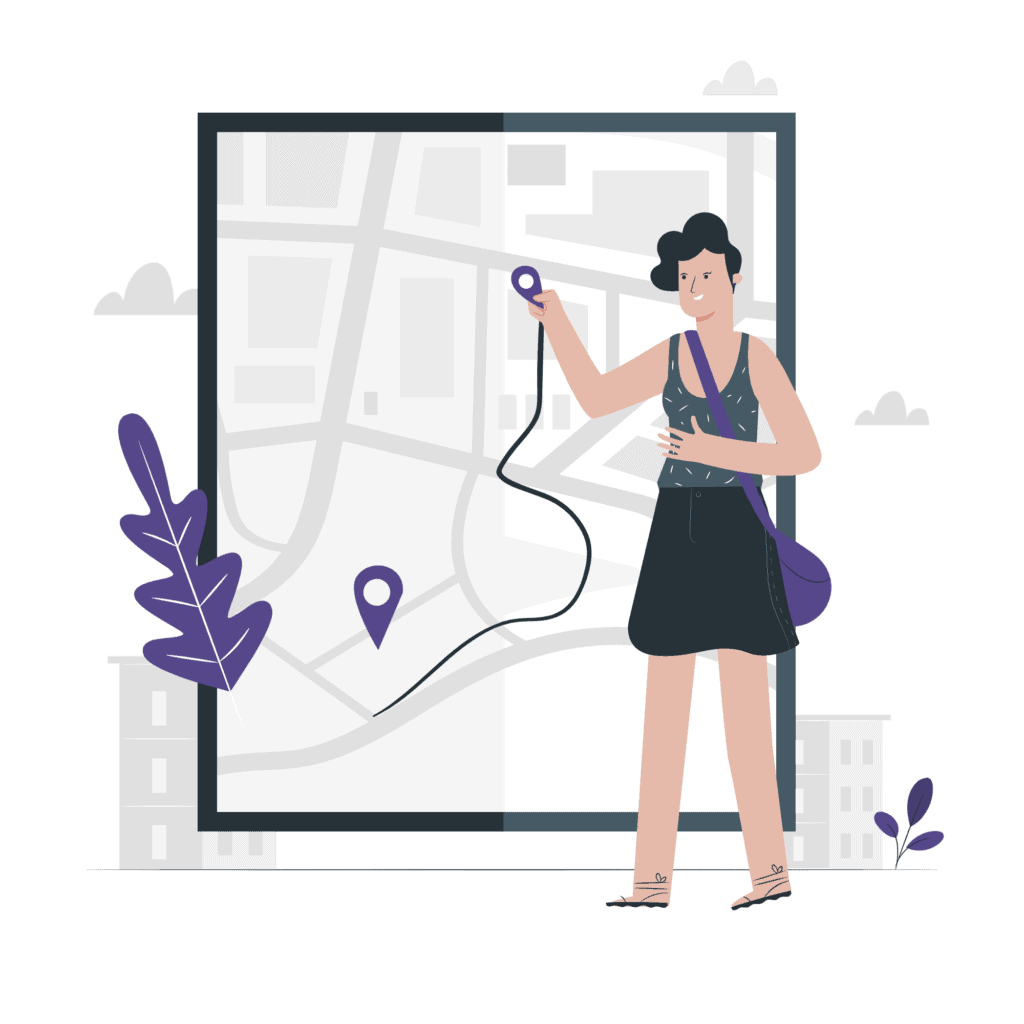Referral to Services
Before you dive into the content of this module, we want you to reflect on referral to services, by completing the first assignment.

Go to Assignment 10.1: Do’s and don’ts of referral
Assess the need for referral services
When looking for a particular service provider, it is important to listen to and identify what young people want and need.
| Are there needs of young people that require referral? › Do your users have questions you or your community are unable to adequately answer? › Have you received questions from your users specifically asking for referrals to other organizations on certain topics? › Do you see a need for specialised assistance for your users that your organization cannot provide? › Do you have concerns about the safety or wellbeing of your users that require specialised services? › Have you identified needs for services, that go beyond the scope of your organisation? |
Collecting and analysing data effectively will allow a user-centred design which should be more valuable to your users, in this case young people. Surveys, focus groups discussions, and the content on your platform can provide insights into the social, financial and health needs, along with the types of products and services that they desire the most. It can also provide a platform for them to voice their opinions on changes they would like to see to the terms and conditions of services that are offered.
Sometimes the need for referral can be expressed directly by young people, sometimes requiring immediate action, as illustrated by the experience of the Justice4Her.
| Justice4Her – immediate needs for referral There are cases were young people will reach out to your digital platform directly to seek for help, either through private messaging or comments. In these cases, it is necessary for the editors and/or moderators to conduct a preliminary analysis on the emergency of the request. In some cases, a quick response can sometimes save lives, prevent suicide or reoccurrence of violence. It is important that the editors and/or moderators have the basic skills and knowledge to adequately respond to these emergencies and make sure that the contact information of service providers are always available. For unurgent requests, it is also important to distinguish between the need for external service providers and the need of young users to just talk to somebody about their stories or share their feelings. There are many ways to respond to the latter situation, either encouraging the users to share their stories on your platforms or facilitate the dialogue with other users to make sure they get peer to peer support. |
While listening to your users is your main focus, it is also important to carefully take the needs of the service providers into account. Likewise, companies can express their challenges in marketing their services and reaching young people effectively.
Identify and assess service providers
Once you have a clear idea on the needs of your users, you can start with identifying potential service providers. However, not all expressed needs on your platform, that require some type of referral, need to be addressed by your organisation. You cannot cover everything and you certainly cannot be an online repository for every service provider in the country.
It is important to have a clear focus for the platform in terms of the target group you want to serve, the topics you want to address, the profile of the partners you want to work with and the types of products and services you want to promote.
Service providers vs. partnerships
Just like you identified your potential partners (as described in Module 4), you can identify relevant service providers. A clear distinction between partnerships and service providers is hard to make. Your partner organisation can be a service provider, but at the same time you may refer to service providers with whom you do not have an established partnership of some form. There are different ways to collaborate with service providers, from networking to more formal partnership structures.
Depending on the needs or your users, it might be relevant to identify the following type of organisations:
- Sector organisations
- Support groups
- National helplines
- Advisory Services (career counselling, business development)
- Educational Services (technical/vocational skills training, accreditation, E-learning)
- Financial Services (savings, credit, digital payments, insurance)
- Legal Services (representing in cases, claims)
- Health Services (monitoring, consultations, counselling)
In your identification process, it is important to assess the service providers. Overall, conducting a due-diligence process is advised to assess the partner organisation of which their services are needed. The depth of this assessment can vary, based on the way you intend to cooperate with the organisation. However, criteria to be considered in each assessment include:
- Reputation: do you know the organisation? Is it trustworthy? Has it been endorsed by other reputed key organisations?
- Type of services: are the services relevant to your target group? Are these services in line with what you want to offer as an organisation (extended services, but related)?
- Youth-friendly: are the services are youth-friendly? Does the organisation have tailor-made services for young people?
- Costs: are the services free or affordable for young people? Young people, especially vulnerable and marginalized young people, have limited resources which can make it difficult for them to access services.
- Alignment with your organisation: Is there a fit with your organisation’s objectives and values?
- Risks: are there any perceived risk in referring youth to external services? Can you safeguard the security and confidentiality of your users? Are there any risks involved for the service provider?
| Risks & limitations for referral There are some limitations and risks related to referral to external service providers. Some examples from RNW Media’s Love Matters programme are listed below: › Liability or regulatory restrictions: even though you might (indirectly) link your youth to experts, you might not be able to communicate this directly to your users. For example, if doctors are included in your team, they might not be able to speak using their license. In India for example, the team is unable to mention to their users that they will get a response by a doctor › Country import law & regulations: you might want to facilitate access to certain service providers, but country laws might prevent these services to be accessed by your users. For example, in RNW Media’s programme in Egypt, a referral was set-up linking youth to an international organisation providing help and information on abortion and contraception. However, youth requesting pills from that service provider never received them, and were most likely intercepted. |


